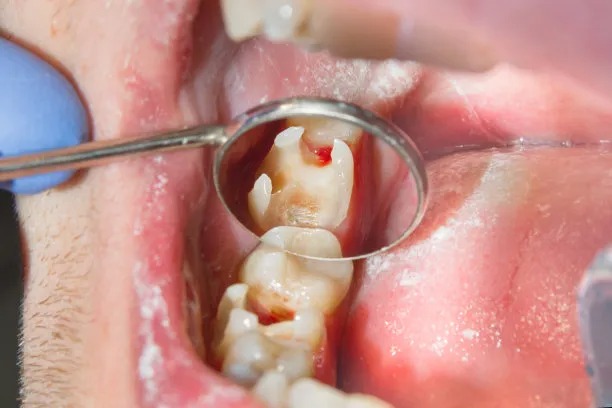Understanding Periodontal Disease Its Causes Symptoms and Effective Prevention Strategies for Lifelong Oral Health
Summary: Understanding periodontal disease is crucial for maintaining lifelong oral health. This article delves into its causes, symptoms, and effective prevention strategies. Periodontal disease, often a silent threat, can lead to significant health complications if not addressed. By comprehensively exploring the risk factors, identifiable symptoms, and preventative measures, this guide aims to equip you with the knowledge necessary for protecting your dental health. With informed choices and proactive steps, you can enhance your overall well-being and maintain a beautiful smile throughout your life.
1. Causes of Periodontal Disease

Periodontal disease primarily results from the accumulation of plaque—a sticky film of bacteria that forms on teeth. When plaque is not removed through regular brushing and flossing, it hardens into tartar, which can irritate the gum tissue and lead to periodontal infections. This bacterial buildup triggers the body’s immune response, resulting in inflammation and damage to the surrounding tissues.
Other factors contributing to periodontal disease include poor oral hygiene, smoking, and certain medical conditions like diabetes. Poor dietary choices and stress can also play significant roles in increasing susceptibility to gum disease. Additionally, hormonal changes, particularly in women during pregnancy or menopause, can impact gum health, making them more prone to inflammation and infection.
Genetics can be a significant factor as well—some individuals may have a hereditary predisposition to periodontal issues. Understanding these causes can empower individuals to take action and make informed decisions about their oral health.
2. Symptoms of Periodontal Disease
Recognizing the symptoms of periodontal disease is key to early intervention. Common signs include swollen or bleeding gums, persistent bad breath, and gum recession. Individuals might notice that their gums bleed during brushing or flossing, indicating underlying inflammation.
As the disease progresses, symptoms can evolve to include loose teeth, changes in bite, and the presence of pus between the teeth and gums. Individuals may also experience pain that can exacerbate during chewing. While these symptoms can be indicative of periodontal disease, they may also mimic other dental issues, making regular dental check-ups essential for accurate diagnosis.
The subtlety of early symptoms often leads to delayed treatment. By staying attuned to changes in oral health and seeking professional care when necessary, individuals can mitigate the risks associated with periodontal disease.
3. Effective Prevention Strategies
Preventing periodontal disease starts with maintaining excellent oral hygiene. This includes regular brushing with fluoride toothpaste, flossing daily, and using mouthwash to reduce plaque buildup. Understanding the correct brushing technique is vital; using a soft-bristled toothbrush and spending at least two minutes brushing can make a noticeable difference.
Routine dental check-ups are crucial for early detection and management of potential issues. Dentists can perform professional cleanings that remove tartar and polish teeth, in addition to providing personalized advice on oral hygiene practices. Patients should aim to visit their dentist at least twice a year or as recommended.
A healthy diet also plays a significant role in oral health. Consuming nutrient-rich foods and limiting sugary snacks can help reduce the risk of plaque accumulation. Additionally, staying hydrated aids in maintaining saliva production, which helps wash away food particles and neutralize harmful acids.
4. The Importance of Lifelong Oral Health
Prioritizing oral health is essential not only for maintaining a beautiful smile but also for overall health and well-being. Research indicates that periodontal disease is linked with other systemic health issues, including heart disease and diabetes. By understanding the implications of gum disease, individuals can appreciate the importance of taking preventative measures seriously.
Moreover, promoting oral health behaviors in children lays a strong foundation for their lifelong habits. Educating the younger generation about the significance of dental care can significantly reduce the incidence of periodontal disease in the future. Instilling good habits at an early age encourages a proactive approach to oral health.
Ultimately, lifelong oral health requires a combination of good habits, professional care, and active management of risk factors. Everyone has the potential to maintain pristine oral health through mindful practices and regular consultations with dental professionals.
Summary:
In summary, understanding periodontal disease, its causes, and symptoms is critical for individuals aiming to achieve lifelong oral health. Implementing effective prevention strategies not only protects against gum disease but also promotes overall well-being. Taking charge of your oral hygiene can lead to a brighter, healthier future.
This article is compiled by Vickong Dental and the content is for reference only.


